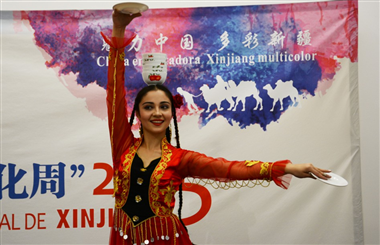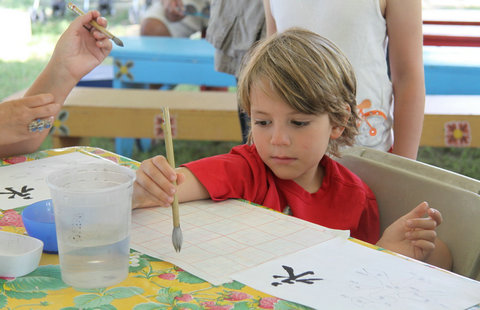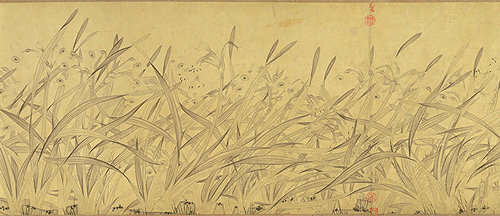 |
|
Narcissus [Photo provided to Chinaculture.org]
|
Painted in the mid-13th century, South Song Dynasty (1127–1279), it is one of the masterpieces by Zhao Mengjian, a member of the Song imperial family, a calligrapher and painter. Zhao specialized in painting narcissi and raised the flower to the level of the orchid in the esteem of scholars in his period.
Offering the promise of spring, the narcissus is known in Chinese as the Shuixian, which means "water goddess" or "goddess who stands above the waves". The fragrant blossoms are associated with the two goddesses of the Xiang River and with Qu Yuan (343–277 BC), the author of Li Sao (On Encountering Sorrow). He was a loyal minister of the state of Chu (1042-223BC) who drowned himself in a tributary of the Xiang River after failing to alert his prince of the imminent danger threatening the state.
After the collapse of the South Song Dynasty, Qiu Yuan, a Song loyalist, appended his poem to the scroll. Qiu described Zhao’s narcissi as the only vision of life in an otherwise devastated land.







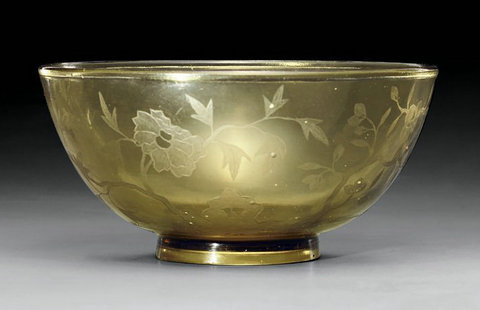


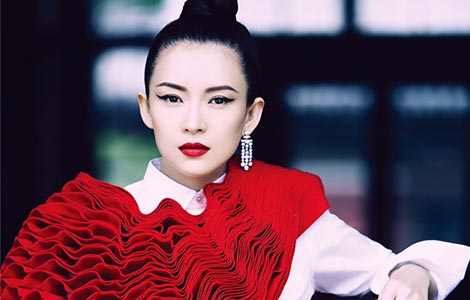

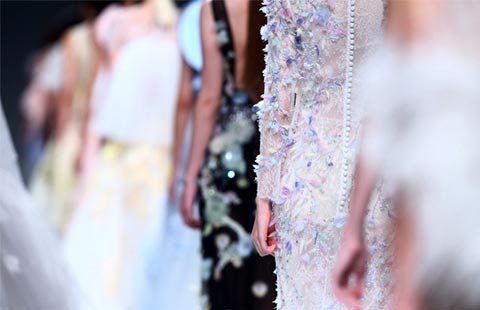









 Raymond Zhou:
Raymond Zhou: Pauline D Loh:
Pauline D Loh: Hot Pot
Hot Pot Eco China
Eco China China Dream
China Dream China Face
China Face


